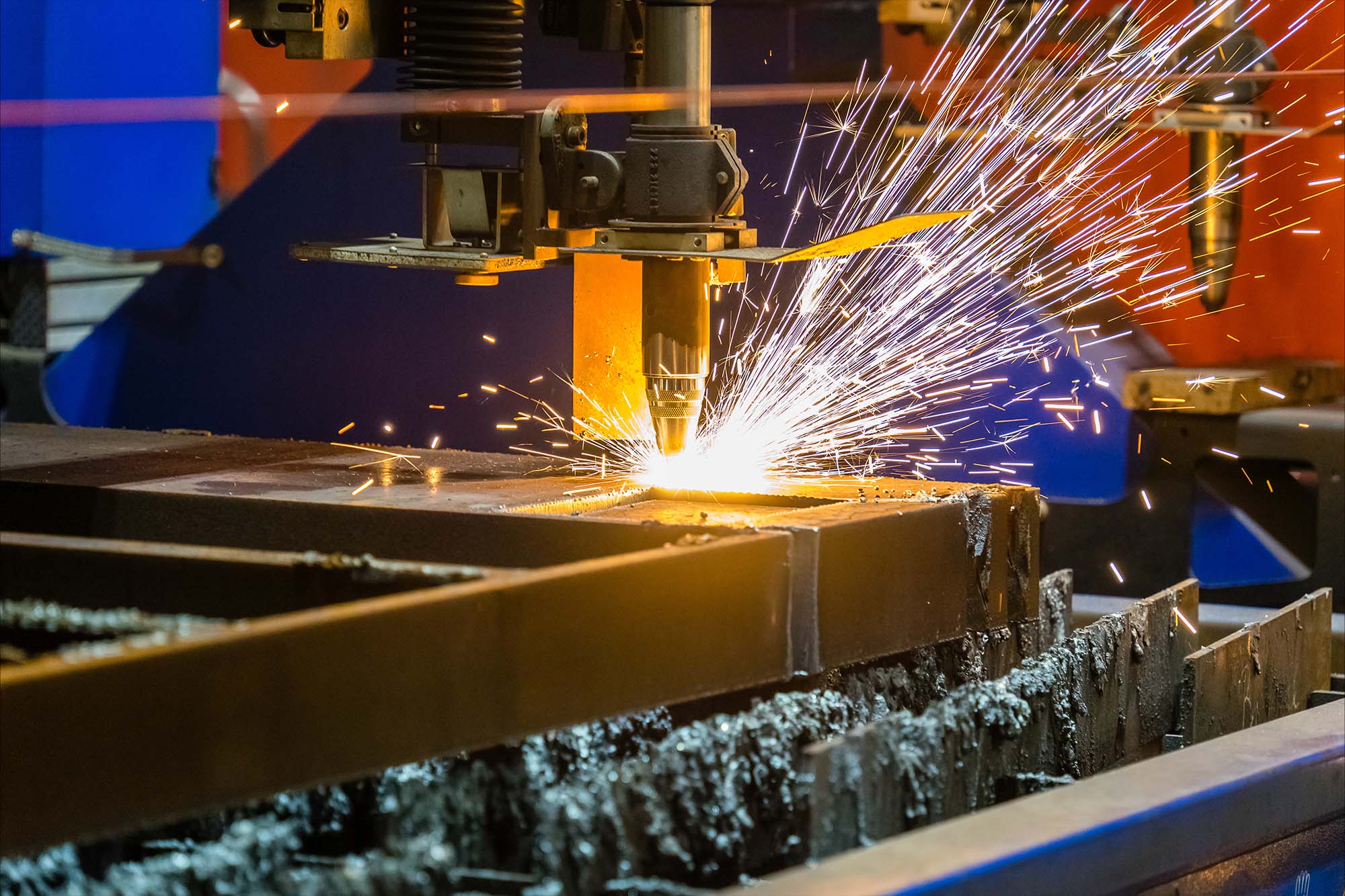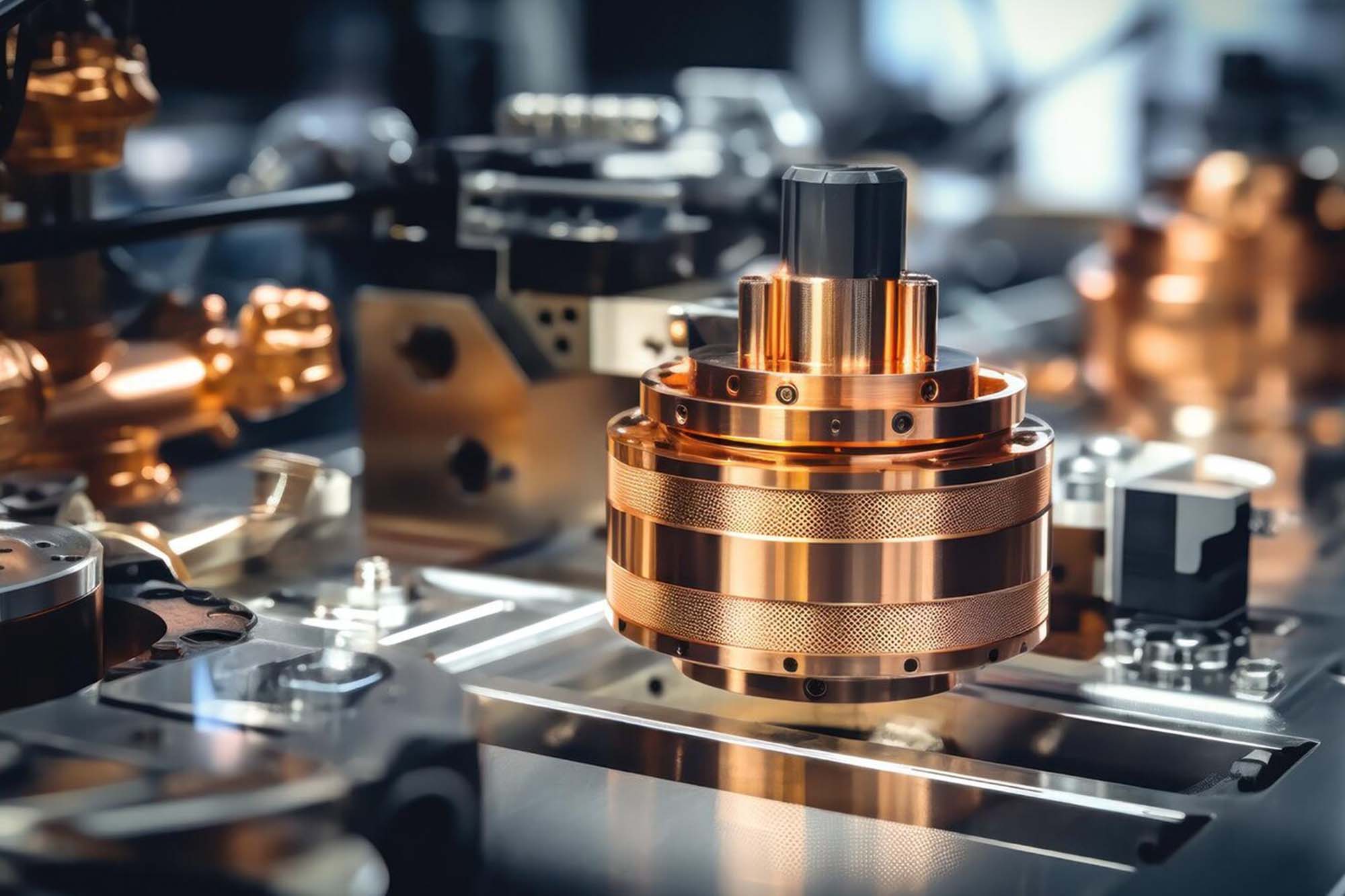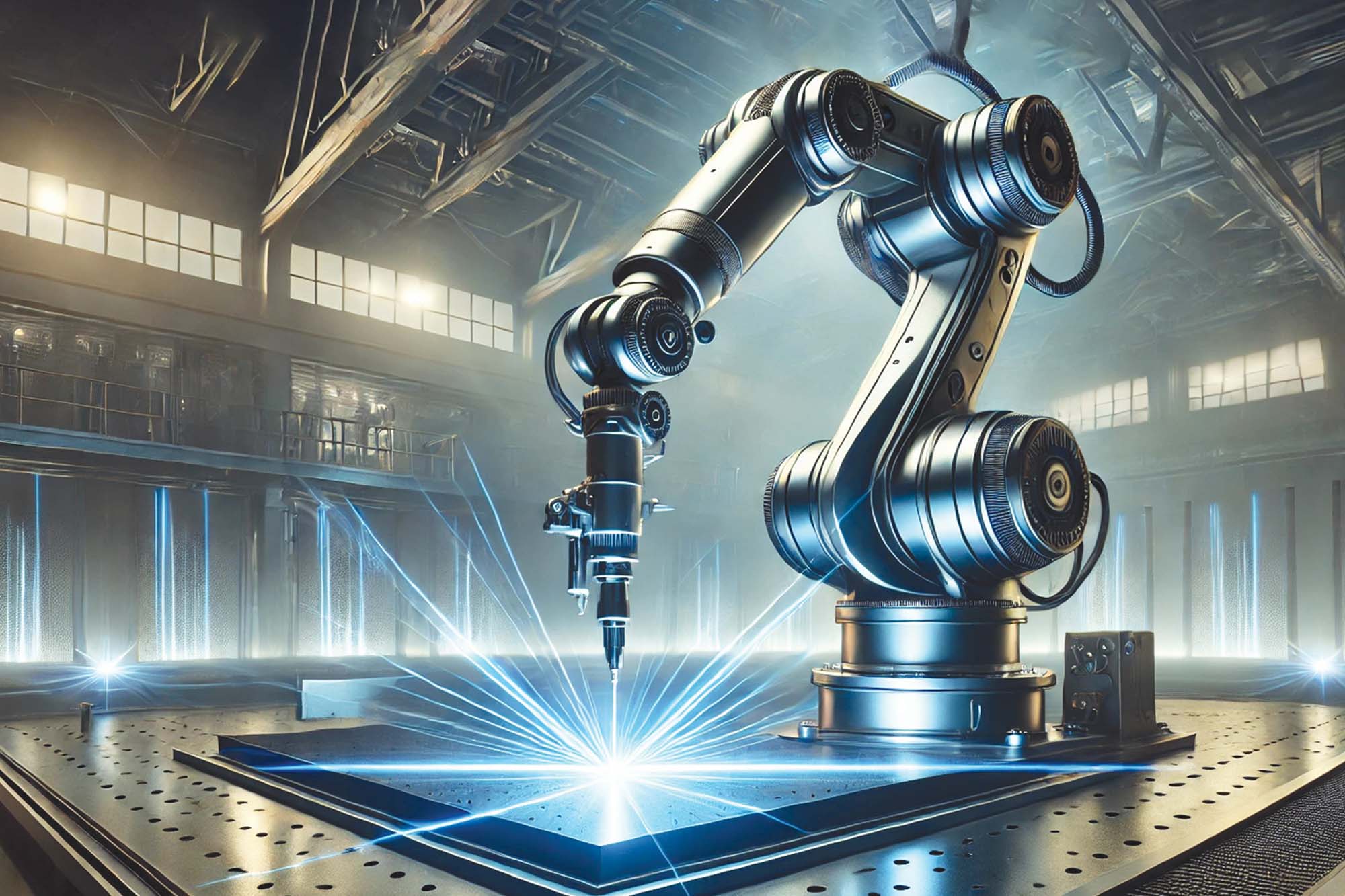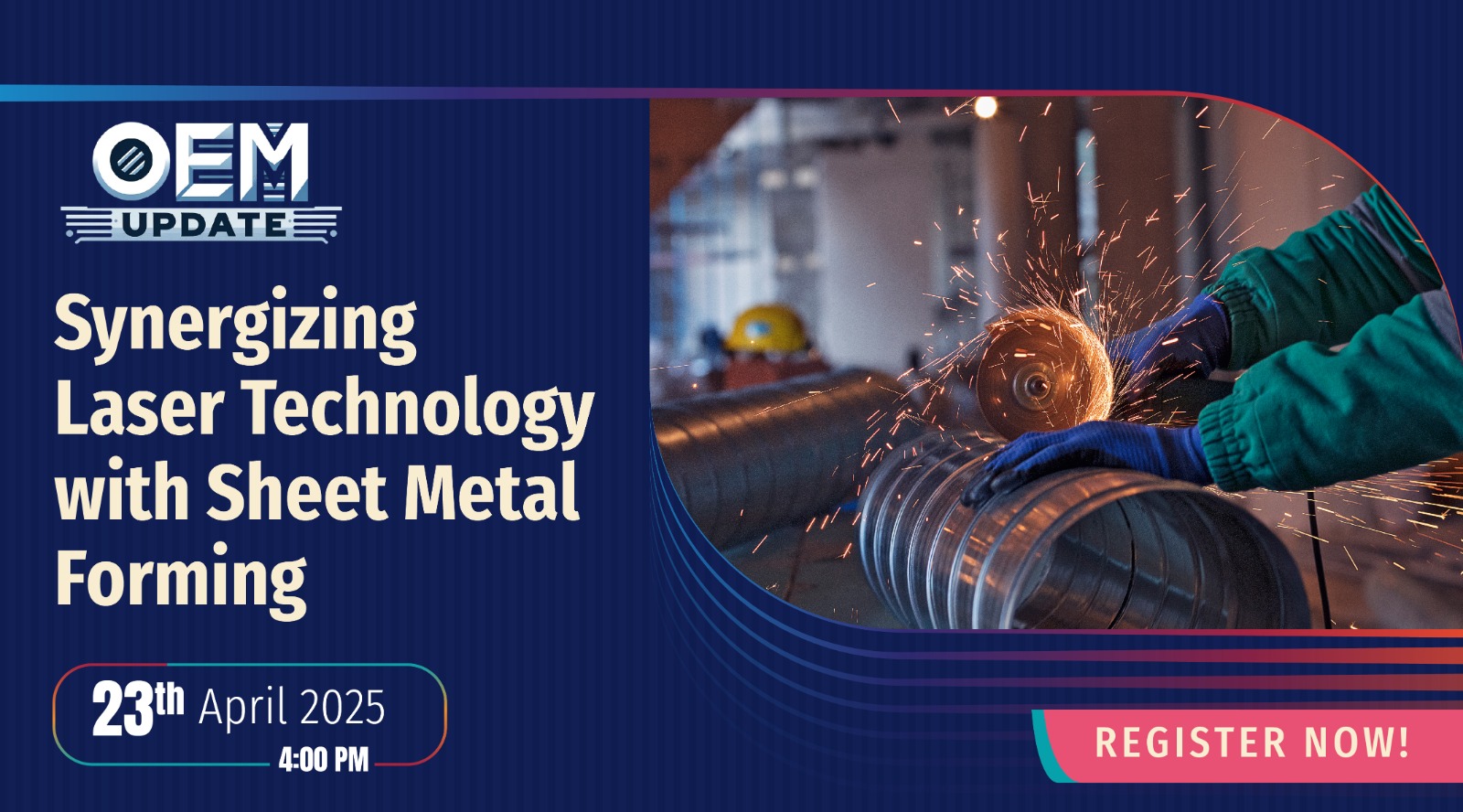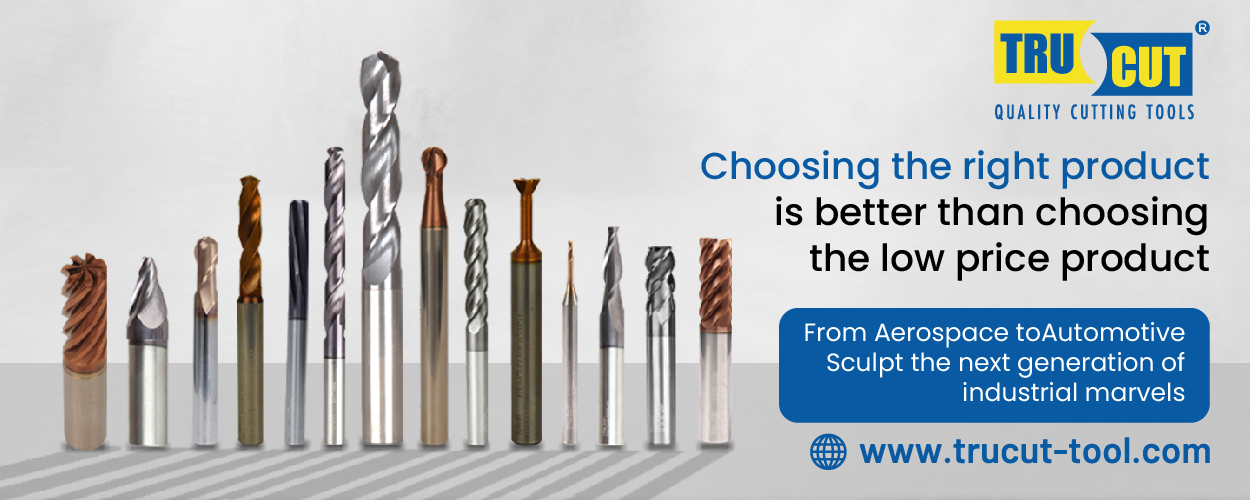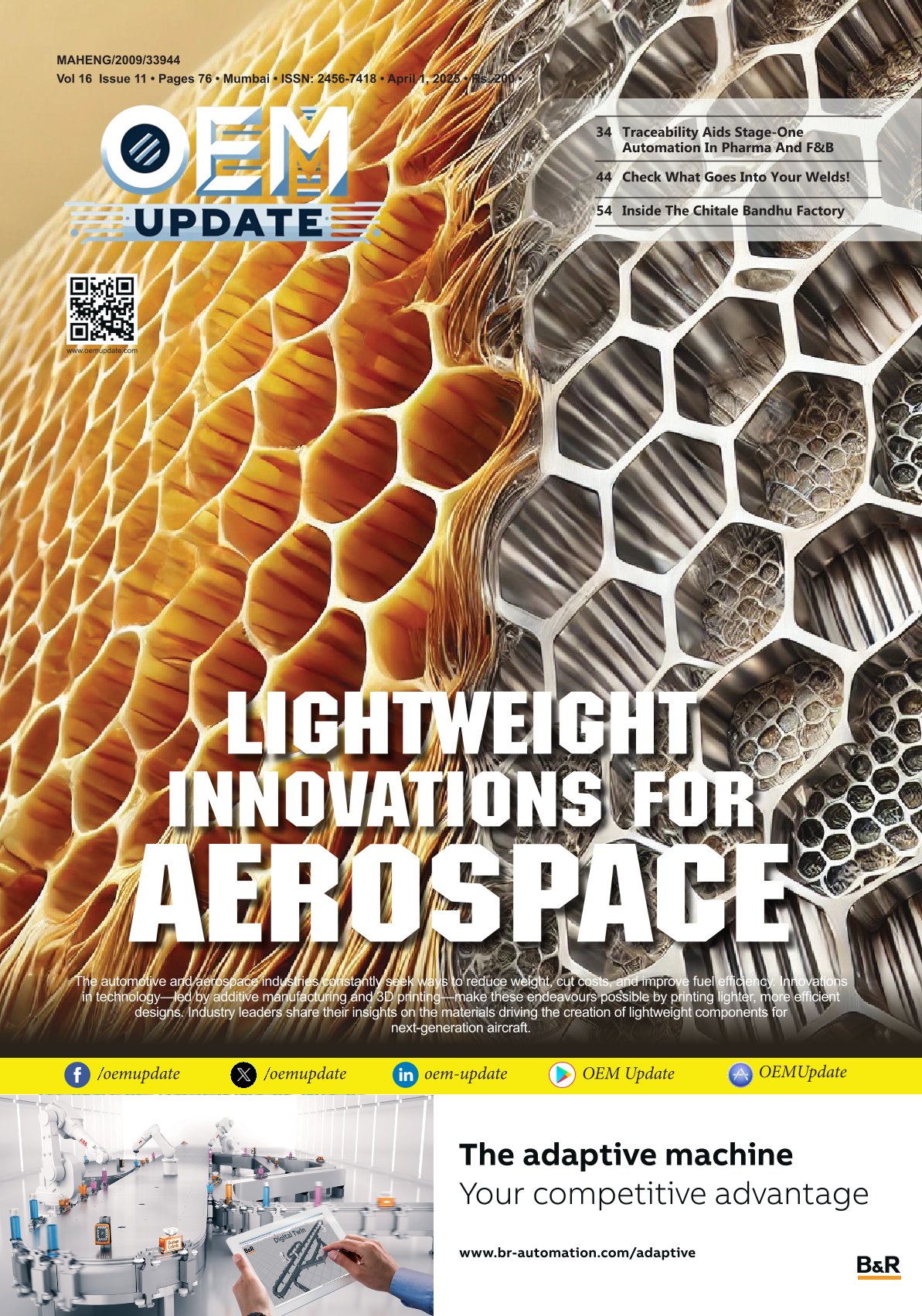How industrial lubricants play their part in energy efficiency?
By OEM Update Editorial February 10, 2017 3:15 pm IST
The role of lubricants is not just restricted to reduce friction. Lubricants have also started helping the industrial sector with the use of energy efficient lubricants. A review on how lubricants play their part in energy efficiency.
Selection of lubricants is not an easy job. Factors like projected life of a gearbox, the seals associated with it and the overall performance of the box within an application comes into play when one wants to select a lubricant. In the recent times, manufacturers have been keen on pushing the machine performance to their limits in order to increase the productivity and reduce the downtime. All this is done to offer a greater amount of satisfaction to the customer. However, in this race to provide solutions to the customer, a major factor that can help achieve high performance levels is mostly overlooked: proper lubrication.
Lubricant suppliers have been and manufacturing specially lubricants tailored to the requirements of industrial applications for decades. There are general technical requirements that all lubricants must meet, such as reducing friction and wear, protecting against corrosion, dissipating heat and providing a sealing effect. But, depending on the operating conditions and manufacturing processes in your plant, lubricants may also be expected to provide a host of additional properties.
The most common types of industrial lubricants are oils, greases, pastes, and waxes. Typically, an oil lubricant contains 95 per cent base oil (most often mineral oils) and 5 per cent additives. Greases consist of lubricating base oils that are mixed with a soap to form a solid structure. Pastes contain base oils, additives, and solid lubricant particles. Finally, lubricating waxes are comprised of synthetic hydrocarbons, water, and an emulsifying agent, which becomes fluid when a certain temperature level is exceeded.
“The use of lubricants has had a great impact on the operations sector. Hence, the proper selection, usage and their proper management can bring great results with an improved efficiency and profitability,” says Akhil Jha, Vice President – Technical, Shell Lubricants India.
Ensuring longevity is another factor in case of lubricants. Jha says, “The most fundamental function of a lubricant is to provide safeguard to customers’ capital investment by protecting their equipment and vehicles from wear and corrosion, even under the most severe conditions.” In many industries, the gears, bearings, engines and other mechanical components operate at the extreme loads and high temperatures. It is at this point according to Jha that effective lubricant solutions become a critical aspect in order to protect the equipment from wear and tear and also to maximise the output.
Energy losses in equipments
The loss of efficiency in a gear box can be categorised in two types- speed dependent and load dependent. The load dependent losses are a result of the internal fluid friction and metal to metal contact. A suitably formulated lubricant in combination with carefully selected base oils and additives act as a remedy for load dependent losses.
Frictional losses can occur under the following lubrication regimes: hydrodynamic, elasto-hydrodynamic (EHL) and most significantly boundary lubrication, where metal surfaces are in contact. Hydrodynamic lubrication exists in systems where the contact occurs over a relatively large area and the pressure in the contact region is not too high. Elasto-hydrodynamic lubrication comes into picture with components where the load is supported over a small area. In the case of Boundary lubrication, it occurs as the bodies come into closer contact at their asperities; the heat developed by the local pressures causes a condition which is called stick-slip and some asperities break off.
Lubricants’ contribution to fuel efficiency and lowering emission levels
Commenting on the contribution of lubricants to the fuel efficiency, Jha says, “An analysis of the energy scenario in which our customers operate leads us to the conclusion that in many countries fuel costs are high, fuel demand is growing, and usable energy sources are increasingly becoming scarce. In India, we have existing and new legislation aimed at reducing carbon dioxide emissions by increasing fuel economy. Moreover, original equipment manufacturers (OEMs) are now even more interested in using low-viscosity oils to reduce friction and meet fuel economy requirements.”
Cookie Consent
We use cookies to personalize your experience. By continuing to visit this website you agree to our Terms & Conditions, Privacy Policy and Cookie Policy.








